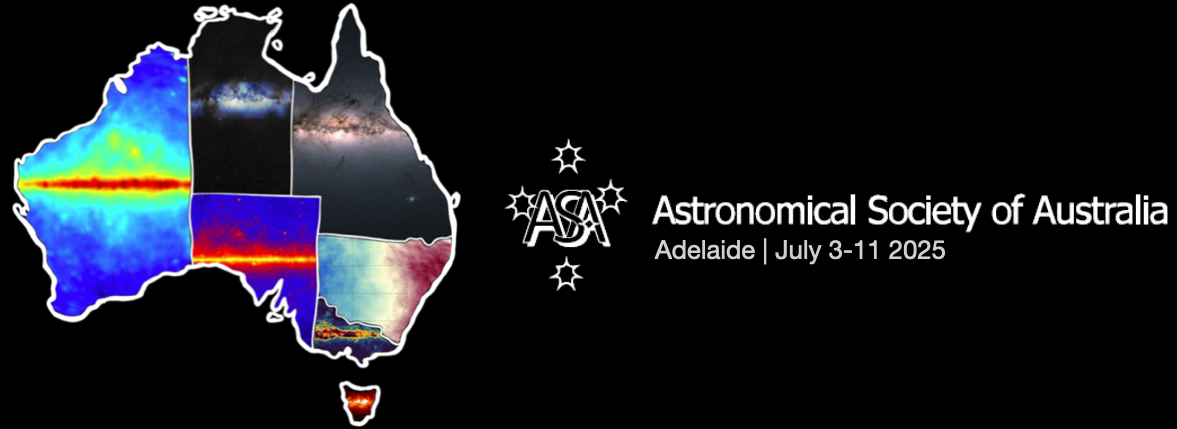Speaker
Description
Hydrogen Lyman-alpha (Lyα) emission is a powerful tool for probing the high-redshift Universe. The emergent Lyα spectra provide insights into the kinematics of the circumgalactic medium (CGM) and the structure of the interstellar medium (ISM) in Lyα emitters (LAEs). Additionally, determining the timing of reionization and identifying sources capable of emitting sufficient ionizing photons (Lyman-continuum or LyC) remain key open questions in astrophysics. Direct detection of LyC photons beyond z>4 is challenging due to strong intergalactic medium (IGM) attenuation. However, Lyα emission serves as a crucial indirect tracer of LyC leakage. We use VLT/MUSE data to study spatially resolved LAEs from cosmic noon to the epoch of reionization. We develop an automated method that classifies Lyman-alpha spectra as single, double, or triple-peaked. We discover that only 3% of double-peaked emitters show a dominant blueshifted peak, suggesting strong gas inflows. We perform global and spatially resolved radiative transfer modeling of double-peaked profiles to investigate gas kinematics, ISM properties, and the conditions that enable Lyα and LyC photon escape. We also explore the survival of Lyα photons in luminous LAEs exhibiting broad Lyα line profiles during the reionization era. Our findings reveal that high-luminosity LAEs at z>6 is more likely to reside in highly ionized regions, reducing the impact of IGM scattering. This work deepens our understanding of the patchy reionization process and the evolution of the early Universe.

